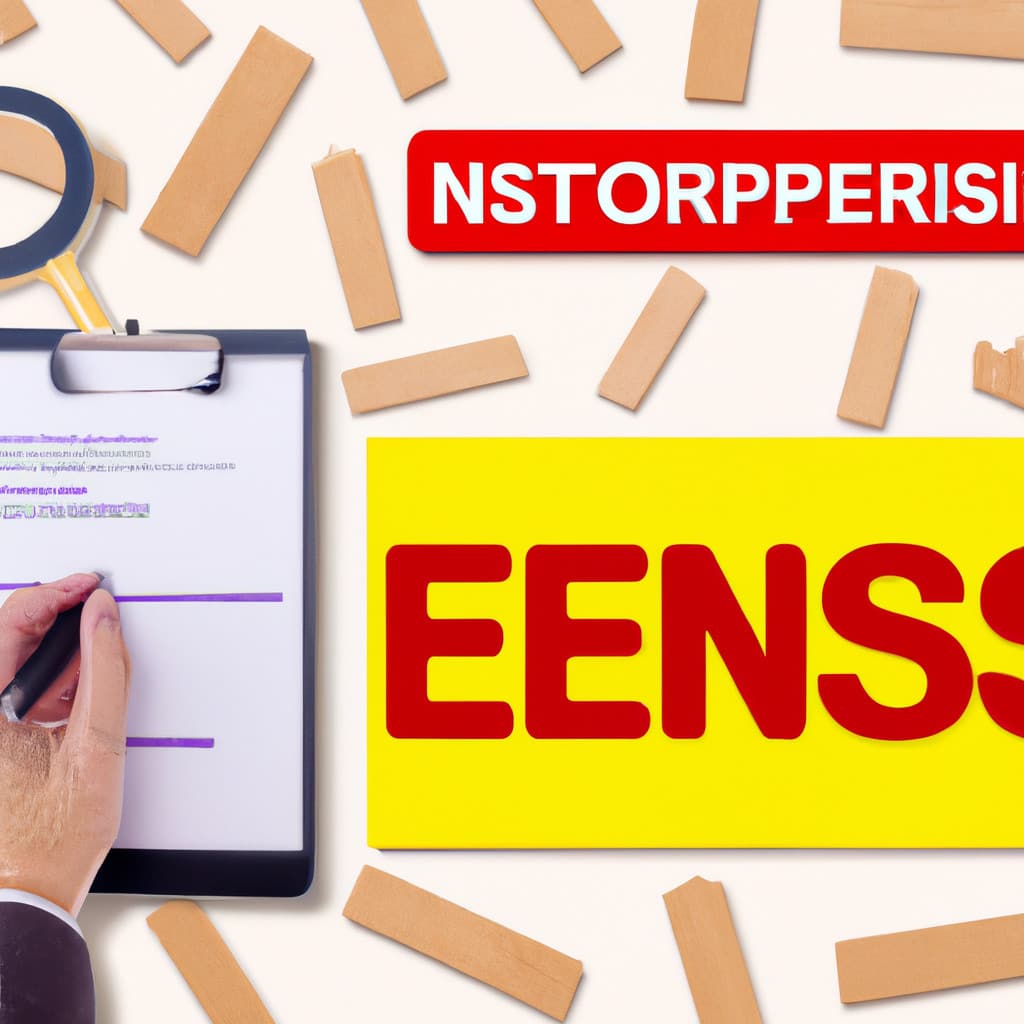5 Reasons Why PowerShell is a Powerful Tool for Ethical Hacking
In today’s world of evolving technology, the need for robust cybersecurity measures and skilled cybersecurity professionals is more critical than ever before. Among the numerous command-line tools available, PowerShell has gained significant attention in the ethical hacking community. This article will explore if PowerShell is suitable for hacking and how it can be leveraged by ethical hackers to secure systems and networks.
Let’s dive into the top five reasons why PowerShell is a powerful tool for ethical hackers:
1. Flexibility and Extensibility
PowerShell goes beyond the traditional Command Prompt (CMD) and Windows Script Host (WSH) by providing a vast range of functionality, enabling users to perform complex operations seamlessly. With over 2,000 cmdlets (command-let) built in, PowerShell offers an extensive library of functions and modules that can automate tasks, extract information, and manipulate data.
Moreover, PowerShell is extensible – users can create custom scripts, modules, and functions tailored to their specific needs. With a wide array of available third-party libraries, such as the Posh-SSH and PowerSploit, ethical hackers can effectively leverage the capabilities of PowerShell to analyze security vulnerabilities and enhance network defense mechanisms.
2. Object-Oriented and Pipeline Support
A crucial aspect that sets PowerShell apart from other command-line interfaces is its object-oriented nature. CMD and WSH use text-based inputs and outputs, which require parsing and filtering. On the other hand, PowerShell uses .NET Framework objects, making data processing faster and more efficient.
By incorporating pipeline support, PowerShell enables the user to pass output from one cmdlet directly as input to another cmdlet, streamlining complex operations. This feature not only saves time but also optimizes resource usage, allowing for more powerful and precise scripting, which is essential for ethical hacking purposes.
3. Scripting Capabilities and Automation
PowerShell scripts, written in PowerShell Scripting Language, are designed for automating repetitive tasks and executing complex operations. With the ability to access Windows Management Instrumentation (WMI), PowerShell scripts can extract detailed information from various sources, such as hardware components and operating systems.
Ethical hackers can leverage these advanced scripting capabilities to automate system analysis, gather information about potential vulnerabilities, and perform network scans. Furthermore, PowerShell scripts can be scheduled to run at specific times, enabling continuous monitoring and defense of networks against cyber threats.
4. Remote Management and Execution
One of the most valuable features of PowerShell for ethical hacking is its support for remote management and execution. The `Enter-PSSession` and `Invoke-Command` cmdlets allow users to establish a session with a remote computer and execute commands on that system. This functionality is particularly beneficial for penetration testers who need to simulate external attacks on a network.
By employing techniques such as Just Enough Administration (JEA) and constrained PowerShell endpoints, ethical hackers can effectively evaluate the strength of existing security measures and recommend improvements. Remote management also facilitates centralized control over multiple systems, which is crucial for maintaining robust cybersecurity postures across large networks.
5. Integration with Other Technologies
PowerShell’s integration capabilities extend its usefulness beyond just Windows-based systems. With cross-platform support introduced in PowerShell Core, ethical hackers can utilize PowerShell on Linux and macOS as well, allowing for a more comprehensive approach to securing various environments.
Furthermore, PowerShell’s native support for RESTful APIs enables it to interact with web services and other third-party applications, opening a plethora of possibilities for ethical hacking. By combining PowerShell’s extensive functionality with other frameworks and tools, ethical hackers can develop powerful scripts and modules to detect and defend against emerging cyber threats.
Conclusion
Given its versatility, extensibility, object-oriented nature, advanced scripting capabilities, remote management, and integration with other technologies, PowerShell proves to be a powerful tool for ethical hacking. While it can potentially be misused for malicious purposes, its true value lies in empowering cybersecurity professionals to stay ahead of threats, secure systems, and defend networks from attacks.
As an ethical hacker or cybersecurity professional, mastering PowerShell can significantly enhance your skill set, allowing you to develop more efficient and effective strategies to combat cyber threats. Just remember, “with great power comes great responsibility,” so always use this tool for ethical purposes only.
Can PowerShell be effectively used for hacking purposes, and how does it compare to other scripting languages in terms of security and vulnerability exploitation?
PowerShell can be effectively used for hacking purposes, but its primary purpose is to manage and automate tasks on Windows systems. It provides a powerful scripting environment with access to the underlying Windows API and system functions. In the hands of skilled attackers, PowerShell can be used for exploiting vulnerabilities, gaining unauthorized access, and performing other malicious activities.
Compared to other scripting languages, PowerShell offers several advantages for both legitimate users and potential attackers. Some key points include:
1. Native Integration: PowerShell’s native integration with Windows makes it easier for attackers to blend in with normal system activities and bypass security measures.
2. Extensive Access: Due to its deep access to Windows internals, PowerShell enables attackers to interact with various system components and perform complex actions that may not be possible with other scripting languages.
3. Powerful Scripting Capabilities: PowerShell supports advanced scripting features such as functions, loops, and conditionals, allowing attackers to create sophisticated attack scripts to exploit vulnerabilities.
4. Stealth: PowerShell scripts can run in memory without touching the disk, making it more difficult for antivirus programs and other security tools to detect them.
However, recent versions of PowerShell have introduced security measures to help mitigate these risks, including execution policies, script signing, and enhanced logging. Administrators can use these features to prevent unauthorized script execution and monitor for suspicious activity.
In summary, while PowerShell can be used for hacking purposes, its primary goal is to provide a robust scripting environment for Windows automation and management. Compared to other scripting languages, it offers unique advantages for attackers, but also incorporates security features to protect systems from malicious use.
What are the most common techniques and tools employed by hackers when using PowerShell for compromising systems, and how can system administrators defend against such attacks?
PowerShell is a powerful scripting language and shell framework that hackers often employ for compromising systems. Here are some common techniques and tools hackers use when leveraging PowerShell:
1. Obfuscation: Hackers often obfuscate their PowerShell scripts to avoid detection by antivirus software and intrusion prevention systems. They may use various methods like encoding, compression, or encryption to achieve this.
2. Remote command execution: PowerShell Remoting facilitates the execution of commands on remote systems. Attackers can use remote command execution to take control of target machines and execute malicious commands.
3. Fileless attacks: PowerShell allows attackers to perform fileless attacks by executing malicious code directly in memory, which bypasses traditional file-based detection mechanisms.
4. PowerShell Empire: This is a post-exploitation framework that provides various hacking capabilities in the form of PowerShell modules. It is commonly used by attackers for persistence, privilege escalation, and reconnaissance.
5. PowerSploit: This is another popular PowerShell exploitation framework used by hackers. It contains various modules for conducting activities like code execution, script modification, and exfiltration of sensitive data.
To defend against PowerShell-based attacks, system administrators can implement the following security measures:
1. Restrict PowerShell execution policies: Limit the execution of unsigned scripts or completely disable script execution on sensitive systems.
2. Implement AppLocker policies: Configure AppLocker rules to restrict the execution of untrusted or non-approved applications.
3. Monitor PowerShell logs: Ensure that PowerShell logging is enabled to detect and analyze suspicious activities in your environment.
4. Use Antivirus software: Keep antivirus software up-to-date with the latest signatures to identify and block known PowerShell threats.
5. Implement least privilege: Limit user privileges on systems to reduce the potential impact of an attack.
6. Regular security awareness training: Educate users about the dangers of PowerShell-based attacks and how to identify and report suspicious activities.
7. Patch management: Keep systems up-to-date with the latest security patches to reduce the chances of exploitation through known vulnerabilities.
How has PowerShell’s integration with the Windows command line environment made it a powerful toolset for hackers, and what features should be disabled or limited in order to improve system security?
PowerShell’s integration with the Windows command-line environment has made it a powerful toolset for hackers due to several reasons. Some of these key reasons are:
1. Comprehensive access to system resources: PowerShell provides extensive access to the Windows operating system’s resources, such as processes, services, and registry keys, making it easier for attackers to exploit vulnerabilities or manipulate system settings.
2. Scripting capabilities: PowerShell’s scripting capabilities allow hackers to automate complex tasks and create powerful scripts for exploitation, persistence, and post-exploitation activities.
3. Remote execution: PowerShell’s support for remote execution enables attackers to run malicious commands or scripts on target systems without requiring physical access, thus increasing the potential attack surface.
4. Stealthy operations: With features like script obfuscation, in-memory code execution, and proxy usage, PowerShell allows attackers to stay under the radar while performing their attacks, making it much harder for an organization’s security measures to detect and block them.
To improve system security and minimize risks associated with PowerShell abuse, organizations should consider implementing the following measures:
1. Enable PowerShell logging: Turn on PowerShell logging (including Script Block Logging and transcription) to capture and monitor all PowerShell activities. This would help in early detection of any malicious activity.
2. Enforce Constrained Language Mode: By limiting PowerShell to its essential language features, organizations can thwart malicious scripts from leveraging advanced functions that may pose a risk.
3. Least Privilege Access Model: Limit user permissions to the minimum required for their tasks, thereby limiting the scope of any potential damage caused by a PowerShell attack.
4. Disable PowerShell remoting: If it’s not needed for your environment, disable PowerShell remoting to reduce the overall attack surface.
5. Implement AppLocker or similar application control mechanisms: Use AppLocker or other application whitelisting solutions to restrict the execution of unauthorized scripts, codes, or executables.
6. Regularly update and patch: Keep PowerShell, the operating system, and all software up-to-date with the latest patches to minimize potential vulnerabilities.

